

Max Davies
2026 Ram 1500 Rebel review
5 Days Ago
Mercedes-Benz says it is shifting from an "electric-first to electric-only" plan and will have a "emissions-free and software-driven future".

Journalist
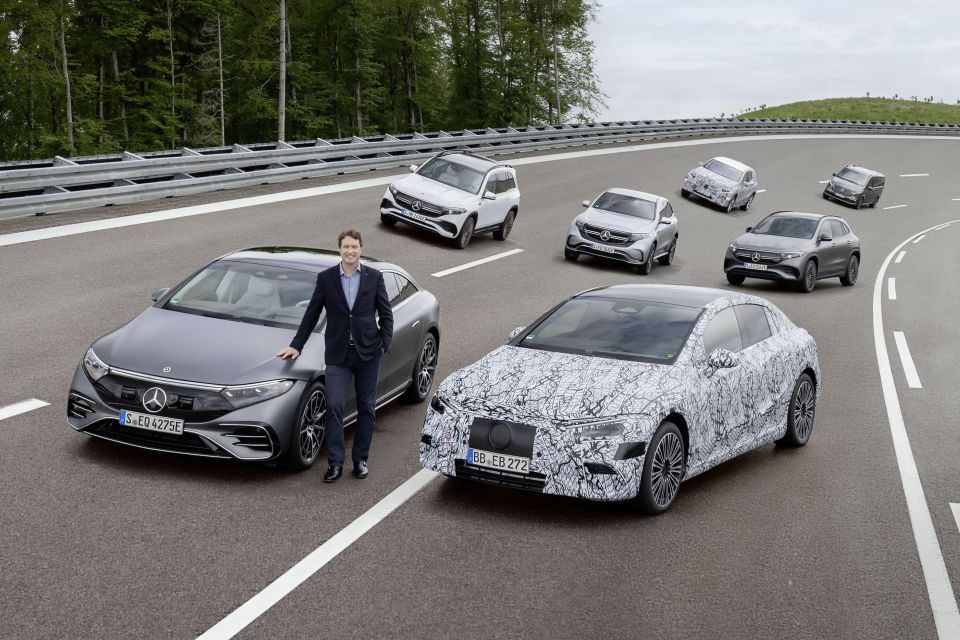

Journalist
Mercedes-Benz is stomping on the gas, and accelerating plans for electric vehicle development and roll-out.
Overnight the German automaker announced it is “getting ready to go all electric by the end of the decade, where market conditions allow”.
It’s unclear which markets the company is thinking of. Clearly Norway, with its heavy incentives that actually make EVs cheaper to buy and run than conventional cars, will be one of the first territories to go all electric.
Recently the European Union announced plans to effectively ban petrol, diesel and hybrid vehicles by 2035.
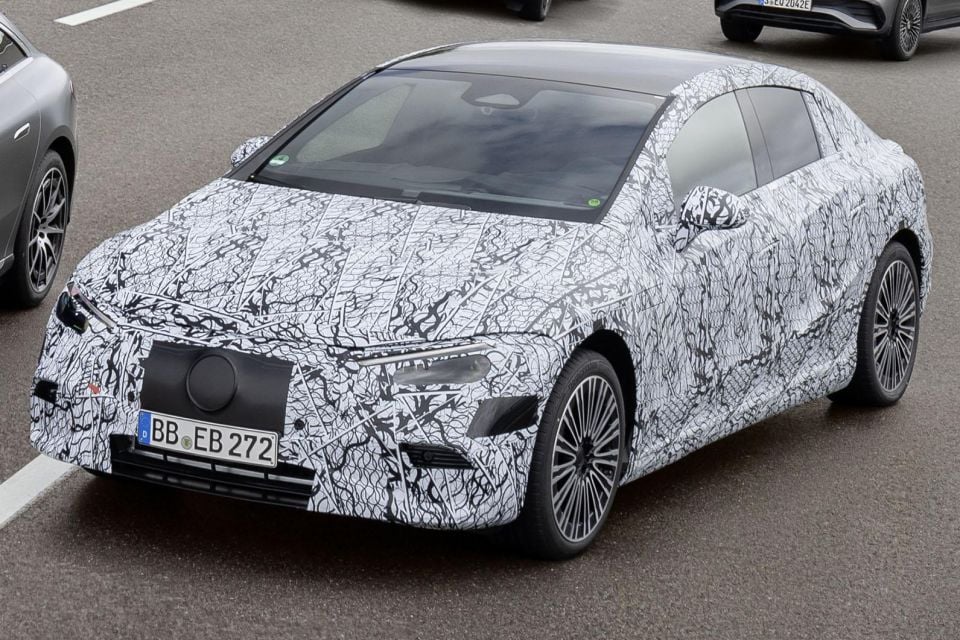
To make this transition possible, the automaker now plans on spending €40 billion ($64 billion) between 2022 and 2030 on EV technology, platforms, and vehicle development.
From 2025 Daimler the company will launch three all-electric architectures. The main platform will be MB.EA, which will underpin all medium to large vehicles.
This will be complemented by AMG.EA for performance cars, and VAN.EA that, as its name suggests, will form the basis for the company’s vans and light commercial vehicles.
It’s unclear what will happen with the MEA dedicated EV platform that underpins the recently launched EQS luxury sedan.
Other electric cars in the Mercedes-Benz range, including EQA, EQC and EQV are based on existing petrol and diesel models.
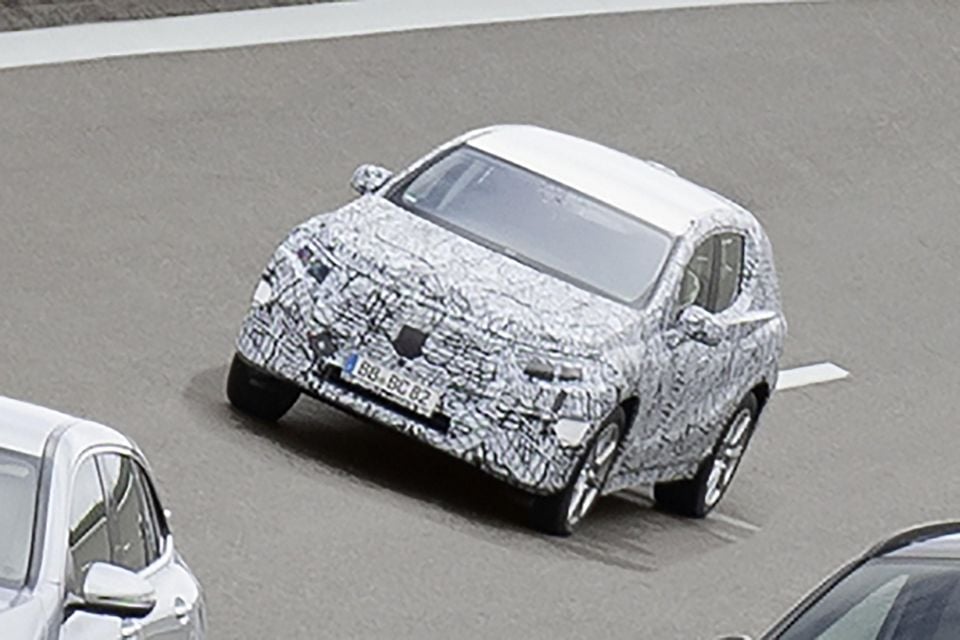
According to the luxury car maker, all of its new platforms from 2025 onwards will be EV only.
This means vehicle lines that support petrol, diesel, hybrid and plug-in hybrid drivetrains will soldier on with updated architectures, such as MRA which underpins most vehicles from the C-Class upwards, and MFA that the A-Class and its derivatives are built off.
As part of its accelerated EV plans, Daimler will buy YASA, a British company that specialises in high-performance axial flux electric motors.
Daimler estimates it will need battery capacity of over 200 Gigawatt hours, and intends to build new eight battery factories “with its partners around the world”.
In addition to this, the automaker will further expand its charging network, including the Plug and Charge system that allows owners to simply connect and charge without needing to go through a manual authentication process at the charging point, and “enhanced access” to the Shell Recharge network.
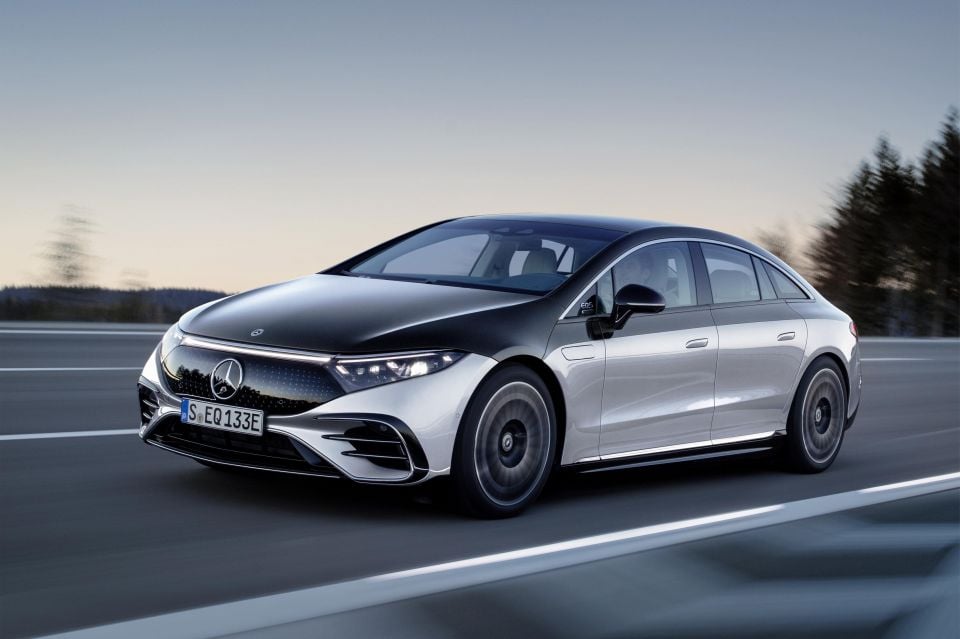
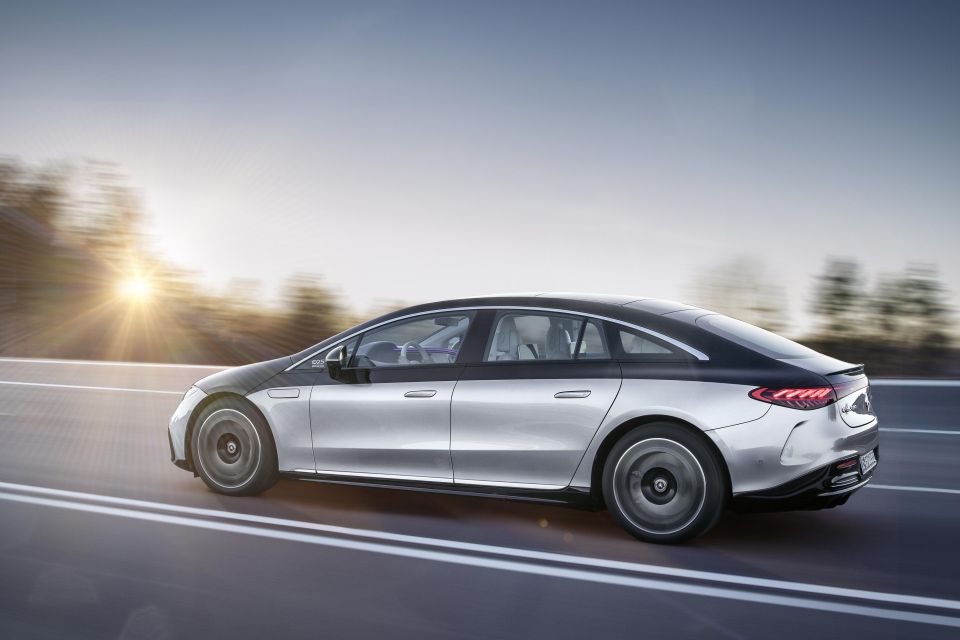
“The tipping point is getting closer and we will be ready as markets switch to electric-only by the end of this decade,” Ola Källenius, Daimler’s CEO, said in a prepared statement.
“This step marks a profound reallocation of capital. By managing this faster transformation while safeguarding our profitability targets, we will ensure the enduring success of Mercedes-Benz.”
MORE: Australia’s car industry lobby opposes petrol and diesel ban, backs EV tax cuts MORE: UK brings forward internal-combustion sales ban to 2030 MORE: Australian electric vehicle launch calendar
Where expert car reviews meet expert car buying – CarExpert gives you trusted advice, personalised service and real savings on your next new car.
Derek Fung would love to tell you about his multiple degrees, but he's too busy writing up some news right now. In his spare time Derek loves chasing automotive rabbits down the hole. Based in New York, New York, Derek loves to travel and is very much a window not an aisle person.


Max Davies
5 Days Ago


Max Davies
4 Days Ago


Neil Briscoe
3 Days Ago


Max Davies
2 Days Ago
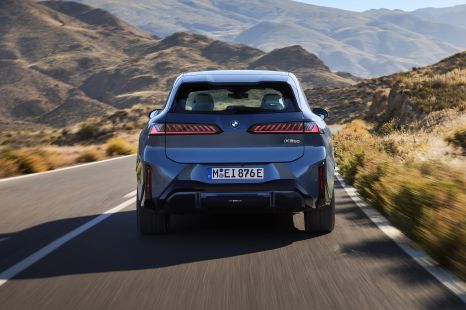

Alborz Fallah
17 Hours Ago


Damion Smy
17 Hours Ago